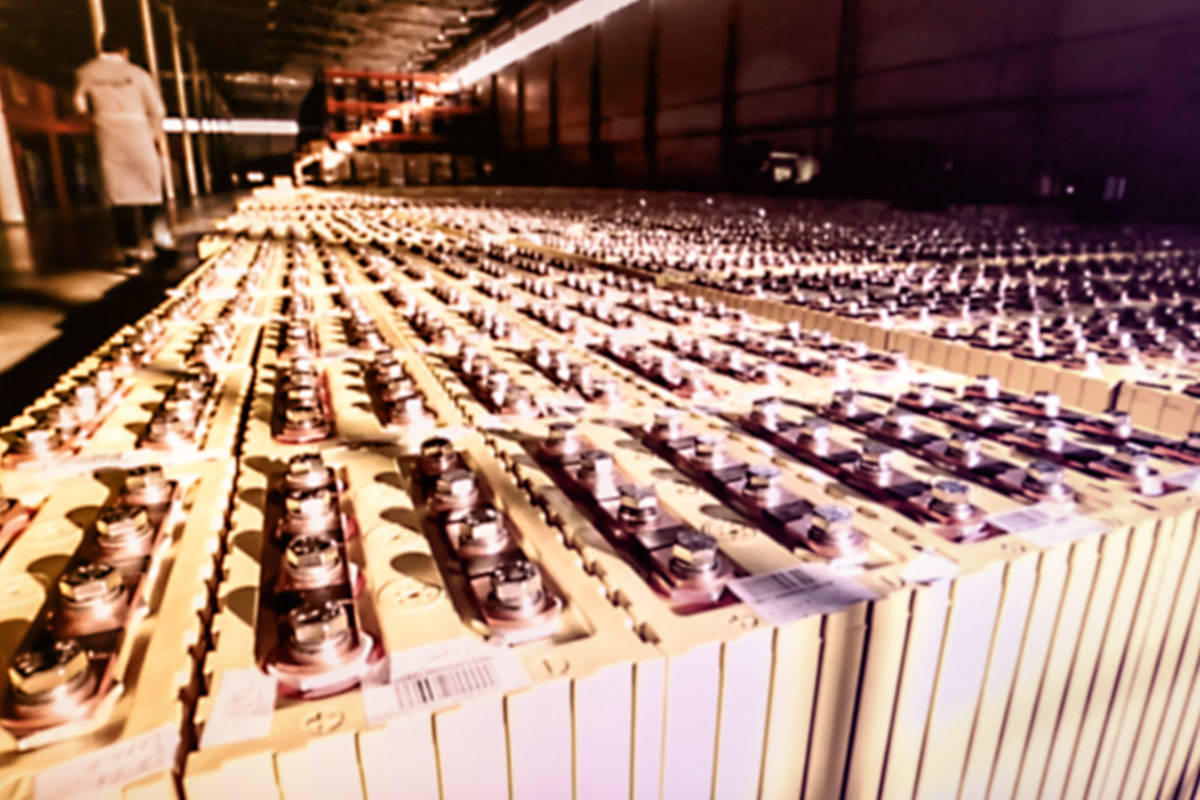Battery Producers / Recyclers / Users

A battery is any type of energy accumulator. They are in daily use in our lives and as we seek to improve battery life and more sustainable energy sources they will be come more and more apparent. This also requires new techologies - moving away from the traditional lead batteries.
A battery converts chemical energy into electrical energy in the form of voltage. An anode and a cathode of different metals are submerged into an electrolyte causing a chemical reaction and a flow of charge that accumulates on the electrode. As the cathode loses its charge a voltage is formed between the two plates. Once a circuit is completed by connecting the external terminals the current will flow.
The life of the battery is limited by the chemical reaction that takes place. Once all of the chemical reagent is used up the battery becomes "flat"
LEAD BATTERIES
These contain 98% Sulphuric Acid. Many lead batteries require maintenance - the addition of de-ionised water to the cells. This gives rise to chemical risk for the operator. The charging process can also give rise to corrosive gases.
NICKEL CADMIUM BATTERIES
These contain Potassium Hydroxide
LITHIUM ION BATTERIES
These batteries contain the electrolyte Lithium Hexafluorophosphate. If this contacts water or water vapour in the air Hydrofluoric Acid solution is created. Lithium Ion batteries are used for example in electric cars, mobile phones and more recently forklift trucks to replace lead batteries.
Chemical risks arise from batteries due to electrolyte leaks and explosion. With the older lead batteries essential maintenance can also give rise to chemical risk. Chemical burns represent 39% of injuries arising from battery accidents.
An emerging risk for the emergency services is due to the rupture of electric vehicle batteries in accidents. It must also be considered in all vehicle workshops who receive accident damaged cars or who are replacing battery cells in these vehicles.
Chemicals of note in this industry:
Sulphuric Acid, Potassium Hydroxide
Hydrofluoric Acid - from the electrolyte in LiIon batteries when in contact with water / water vapour.
Diphoterine® is suitable for all chemicals listed - apart from Hydrofluoric Acid for which Hexafluorine® is recommended. These, used in addition with Trivorex®, Polycaptor® and Le Vert ®/ Le Vert HF® and Safurex®, can provide security in dealing with all chemical splashes and spills.
Additional Reading:
